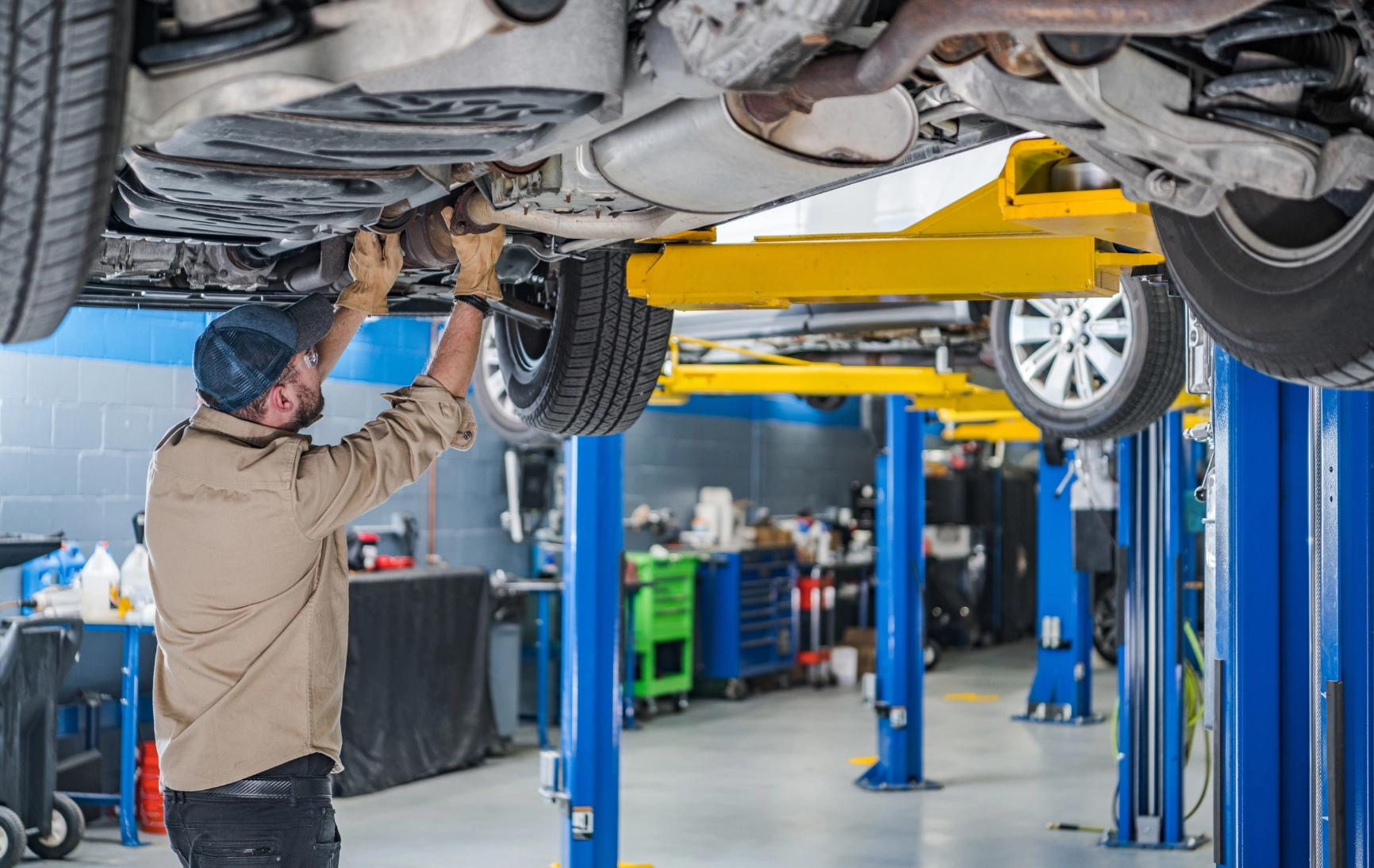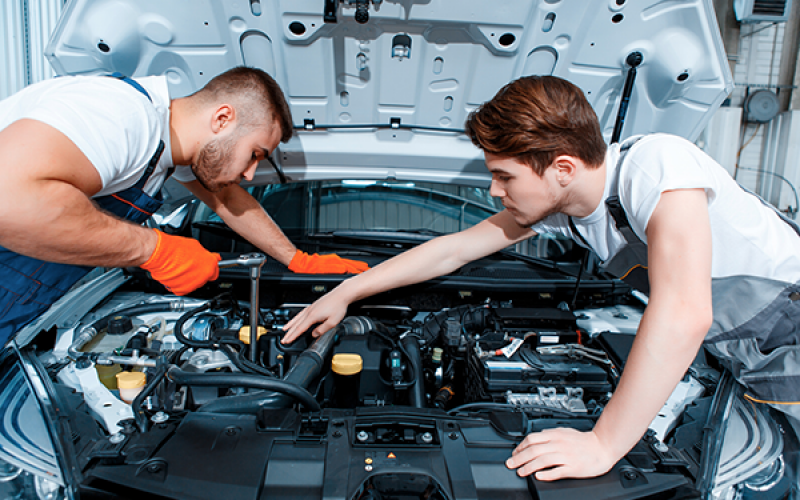All Categories
Featured

[/image]

2 essential solutions that are frequently overlooked but have a significant impact on tire durability and performance are tire turning and placement. Let's dive right into what tire turning and positioning are and why they're essential for your automobile.
What Is Tire Turning? Tire turning is the process of relocating your tires from one setting to another to guarantee they wear evenly. Since your car's tires operate at various prices relying on their position (front tires versus rear tires), revolving them routinely aids to disperse the wear evenly, resulting in a much longer life-span for your tires.
Tires on the front axle tend to use quicker than those on the back axle, particularly in front-wheel-drive cars, where the front tires deal with both guiding and power. On the other hand, rear tires may wear erratically depending on the vehicle's weight circulation and driving conditions. By revolving your tires every 6,000 to 8,000 miles (or as recommended by the supplier), you'll make sure an extra well balanced wear pattern.
What Is Tire Placement? Tire placement, likewise referred to as wheel alignment, describes changing the angles of your vehicle's wheels to the maker's requirements. Appropriate positioning guarantees that your tires are aiming in the best direction, and it helps take full advantage of tire life and boost car handling. There are 3 major facets of positioning: camber, caster, and toe.
Camber describes the tilt of the tires from the front of the vehicle. If your tires are tilted too much internal or outside, it can cause unequal wear. Caster describes the angle of the guiding axis when seen from the side of the auto. This impacts the security of the guiding, specifically when driving right. Toe describes the angle at which the tires point inward or exterior when checked out from above. This affects just how your automobile tracks on the roadway. A proper positioning makes sure that all 4 tires are directing right ahead and are angled properly. Misalignment can result from striking potholes, visuals, or just from the wear of suspension parts over time.
Why Tire Rotation and Placement Matter. Extended Tire Life. Both tire rotation and positioning aid avoid uneven tire wear. When your tires wear uniformly, they last much longer, which can save you money in the future by minimizing the need for premature replacements.
Improved Security. Correct tire turning and placement boost car security and handling. Misaligned tires or erratically worn tires can adversely impact your capacity to guide and stop your automobile, especially in emergency situations. Regular maintenance guarantees your tires execute ideally, supplying a more secure driving experience.
Better Fuel Effectiveness. If your tires are not aligned properly, they may drag versus the roadway surface area, creating resistance. This added friction can lower fuel performance, causing your lorry to consume more gas. Normal tire placement ensures that your automobile moves effectively, boosting gas mileage.
Boosted Convenience. Imbalance or erratically worn tires can cause a rougher ride, as your cars and truck might draw away or cause resonances. By keeping your tires rotated and lined up, you'll delight in a smoother and much more comfortable driving experience.
Indications That Your Tires Required Rotation or Placement. It's vital to remain sharp for any type of signs that your tires require rotation or alignment. Look out for these usual signs:
Unequal Tire Use: If you observe that tire is substantially much more worn than the others, it might be time for a rotation or alignment. Guiding Pull: If your vehicle draws to one side while driving directly, this can suggest imbalance. Vibrations: If you really feel vibrations in the guiding wheel or the cars and truck itself, maybe a sign of imbalance or unequal tire wear. Squealing Tires: Uncommon tire sound might also suggest inappropriate placement or the requirement for a tire turning. How Often Should You Turn and Align Your Tires? Tire turning should generally be done every 6,000 to 8,000 miles or as specified in your lorry's proprietor's guidebook. It's an excellent concept to rotate your tires throughout every oil change, as this will certainly help you remain on top of regular maintenance.
As for positioning, it does not need as regular solution. Commonly, positioning should be inspected at least annually or whenever you see concerns like pulling away or vibration. You may additionally need alignment if you've struck a big pocket or curb, which can toss your wheels out of alignment.
Conclusion: Keep Your Tires in Top Shape. Tire rotation and placement are important services that maintain your car running efficiently, securely, and successfully. By making the effort to have your tires rotated and straightened on a regular basis, you're investing in your vehicle's efficiency and durability, while also enhancing your safety and security when driving. Remain proactive with tire maintenance, and your vehicle will certainly thanks with far better fuel economy, improved handling, and prolonged tire life.
Latest Posts
Explore WyHy FCU – Top Benefits for Your Financial Future
Boost Your Home's Outside with Weathercraft's Exterior siding Solutions
Don’t Miss Special Auto Repair Offers in Chicago at Montclare Auto Repair